Food has long been a subject of art, and drink, too. But what are we to make of EAT LACMA?
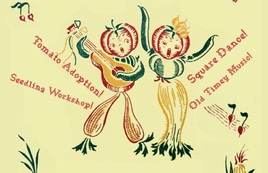 Billed as a year-long festival in collaboration with an artists collective called Fallen Fruit, this series of shindigs is being funded by a grant from the MetLife Museum and Community Connections program, and others. The events are supposed to fuse “the richness of LACMA’s permanent collection with the ephemerality of food and the natural growth cycle.”
Billed as a year-long festival in collaboration with an artists collective called Fallen Fruit, this series of shindigs is being funded by a grant from the MetLife Museum and Community Connections program, and others. The events are supposed to fuse “the richness of LACMA’s permanent collection with the ephemerality of food and the natural growth cycle.”
That’s because food is “a common ground that explores the social role of art and ritual in community and human relationships.” The exhibition part — June 27 through Nov. 7 — is being organized by Fallen Fruit’s David Burns, Matias Viegener and Austin Young and LACMA curator Michele Urton.
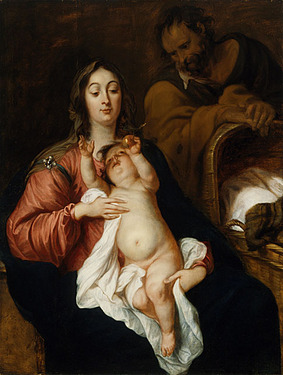 OK, I’m with you, so far — especially because of the stated emphasis on the permanent collection. I popped “apple” into a search of LACMA’s collection and found 25 works of art, including the one at right of The Holy Family, by Thomas Willeboirts.
OK, I’m with you, so far — especially because of the stated emphasis on the permanent collection. I popped “apple” into a search of LACMA’s collection and found 25 works of art, including the one at right of The Holy Family, by Thomas Willeboirts.
But back to the festival, which includes these elements:
Show Us How You Eat — “a participatory online video project, 2010, and is seeking your videos of eating, up to 60 seconds in length” on YouTube, where it currently has 50 members and 29 videos. Some of them will be part of that exhibition, Fallen Fruit Presents The Fruit of LACMA.”
Plant the Perimeter Fruit Tree Giveaway, which took place in February, provided fruit trees visitors could take home to plant in their neighborhood.
Tomato Hootenany, an outdoor event that took place last Saturday, is described thusly:
Come pick up a tomato seedling plant, square dance with caller Susan Michaels and the old time string band Triple Chicken Foot, and take part in a Mortgage Lifter Tomato Workshop with artists Anne Hars and Stephanie Allespach.
The best article I found about the whole enterprise was on a website called Treehugger, which also mentions a “Fruit Foraging Tour” in February — and provides a video of it.
So what’s the bottom line here? Is it all art? No. Is it enough art for a credible museum enterprise? Or is it a waste of time and resources, meant to attract people who’ll never come back for the art alone?
I’m buying. Not everyone who attends a food-related event, and I doubt The Holy Family will be making it into the exhibition, but the connection with art is there, and seemingly strong enough to be legit.
Photo Credits: Courtesy of LACMA

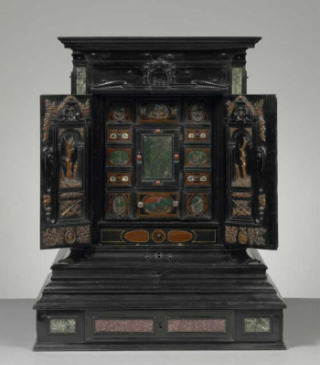 The Getty Museum just posted a web feature about its Augsberg Display Cabinet, made circa 1630, a centerpiece of its newly redesigned Medieval and Renaissance sculpture and decorative arts galleries. It uses “augmented reality” to allow online visitors to explore the work. A two-dimensional image would have fallen flat, so to speak, for an item described this way:
The Getty Museum just posted a web feature about its Augsberg Display Cabinet, made circa 1630, a centerpiece of its newly redesigned Medieval and Renaissance sculpture and decorative arts galleries. It uses “augmented reality” to allow online visitors to explore the work. A two-dimensional image would have fallen flat, so to speak, for an item described this way: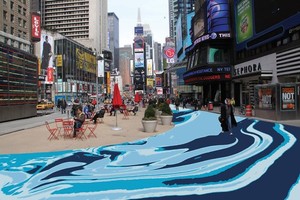
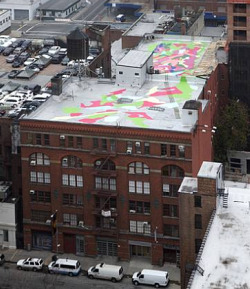 Dilworth doesn’t seem to have a high profile; her
Dilworth doesn’t seem to have a high profile; her 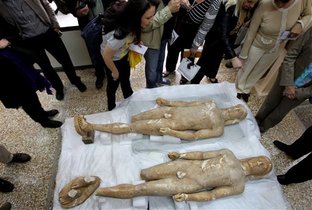 Paris wasn’t the only scene of a major art heist this week: In Greece, two farmers were
Paris wasn’t the only scene of a major art heist this week: In Greece, two farmers were 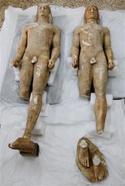
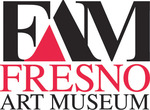
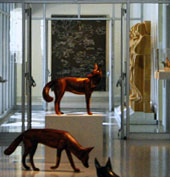 And there’s actually better news than that. The Sacramento Bee recently reported that the museum had hired a
And there’s actually better news than that. The Sacramento Bee recently reported that the museum had hired a